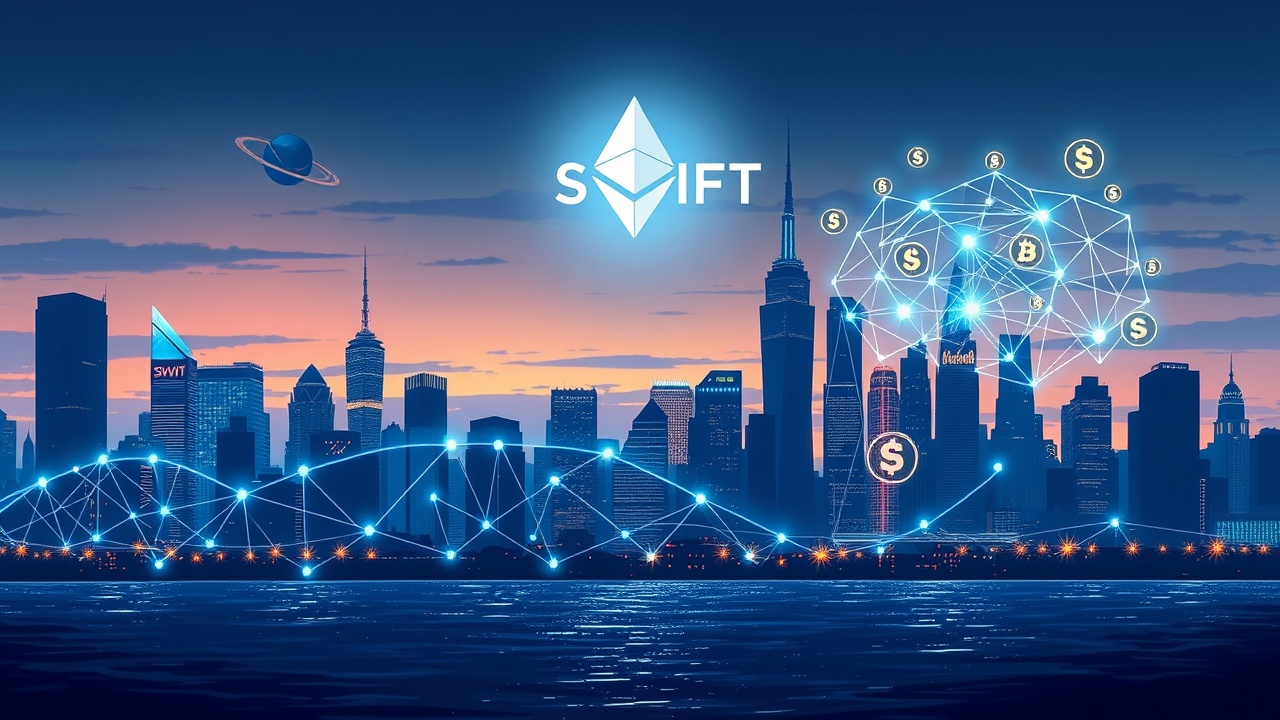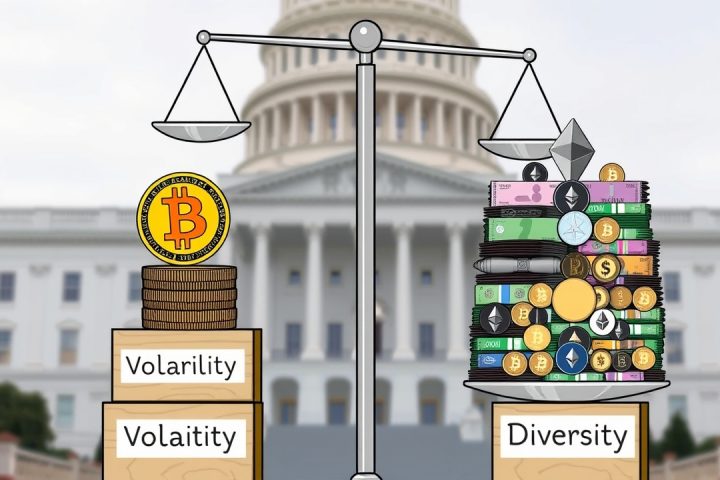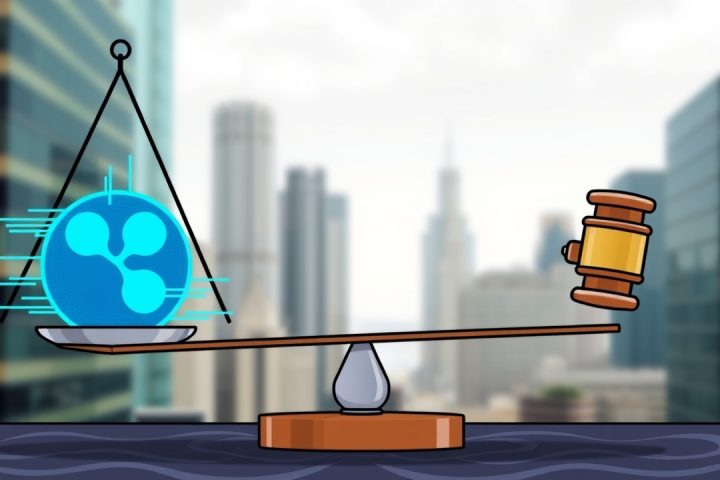SWIFT’s Blockchain Initiative
The Society for Worldwide Interbank Financial Telecommunication (SWIFT) has announced its intention to build a blockchain-based payment settlement system using the Layer 2 solution called Linea. This significant update was shared by Joe Lubin, the CEO of Consensys, during the TOKEN2049 conference held in Singapore.
Of note, SWIFT had previously disclosed its collaboration with Consensys along with over 30 key financial institutions to develop a continuous, real-time cryptocurrency payment network; however, the specific blockchain technology was not revealed until this latest announcement. Lubin pointed out that SWIFT’s chief executive, Javier Pérez-Tasso, opted for a subtle introduction of Linea, focusing on a more gradual unveiling which was positively received by the financial community.
Features of Linea
Linea, an innovative solution produced by Consensys, leverages zk-EVM rollup technology, enabling it to handle approximately 1.5 transactions per second while significantly reducing costs compared to Ethereum’s fees. Currently, it ranks fourth among Ethereum Layer 2 solutions with a total value locked of $2.27 billion, as reported by L2BEAT.
Impact on Global Payments
SWIFT’s venture into blockchain technology is particularly noteworthy considering the organization manages around $150 trillion in global payments each year through established banking systems. Major financial players—including Bank of America, Citi, JPMorgan Chase, and Toronto-Dominion Bank—are expected to take part in pilot programs testing this new blockchain payment infrastructure on Linea. This move positions SWIFT as a competitor to Ripple’s XRP Ledger, another blockchain system tailored for banking services.
Future Vision for Linea
Additionally, Lubin discussed the broader potential of Linea beyond mere transactions, envisioning it as a framework for a “user-generated civilization” where decentralized content creation takes precedence. By utilizing Linea’s trustless settlement layer, it allows communities to establish their own infrastructure, governance, and applications from the grassroots, contrasting sharply with traditional systems governed by hierarchies.
The concept of decentralized autonomous organizations (DAOs) is gaining traction, as they begin to operate without centralized authority via smart contracts and decentralized voting for managing resources and making decisions. However, these organizations still face obstacles in scaling their operations effectively.




